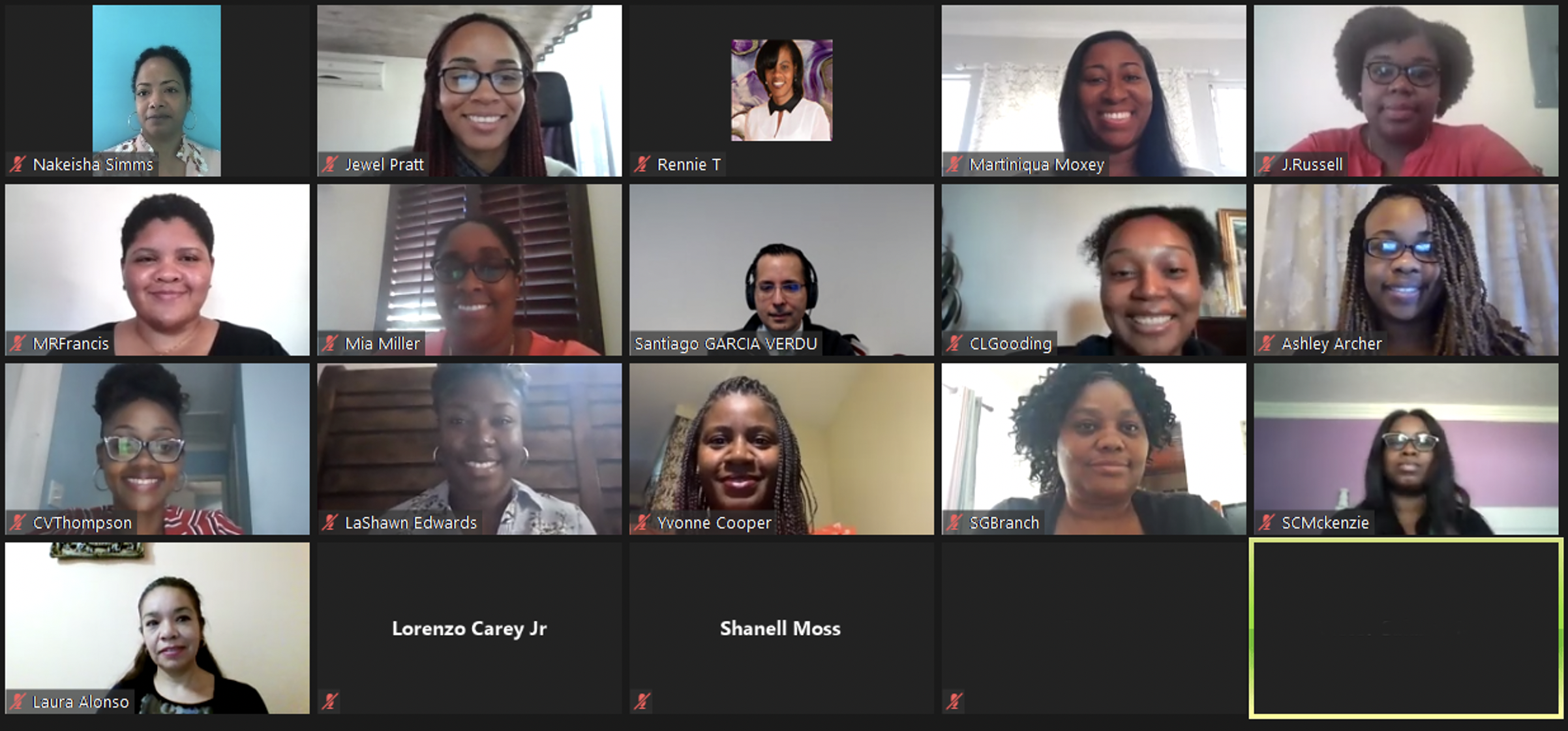Workshop on Central Banking for Small Open Economies
Central Bank of the Bahamas
January 18-22, 2021
Monday, January 18
Lecture 1: Keynote Lecture, Monetary Policy Introduction 
Manuel Ramos-Francia, General Manager, CEMLA
Lecture 2: Overview of Central Banking
Santiago García-Verdú
a. Central Banking: an abridged history and an overview
- Money
- An abridged history of central banking
- Historic hyperinflation episodes
- Inflation and measures of welfare
- Key inflation statistics
- Recent historical inflation
b. Roles, Functions, and Mandates of Central Banks
- Central banks’ objectives
- Policy instruments and objectives
- Nominal anchors
- Pre-Crisis Central Banking (Introduction)
- Post-Crisis Central Banking (Introduction).
c. The IMS. “The Rules of the Game.”
- The evolution of the IMS, the Gold Standard, Bretton Woods, post-Bretton Woods, and the IMF.
- From the OHIO principle to coordination/cooperation.
- Risk-sharing, incomplete markets, Global Safety Net and International Reserve accumulation.
Tuesday, January 19
Lecture 3: Price Stability and Monetary Policy I
Santiago García-Verdú
a. Foundations
- Modern roles and functions of central banks: money issuance, monetary policy, payments systems, LOLR, and supervision.
- Price stability (Introduction)
- Financial stability (Introduction)
- Price stability and financial stability nexus.
- Key concepts
- Selected money demand models.
- Selected pricing models.
- Stylized facts about prices (US)
Lecture 4: Price Stability and Monetary Policy II
Santiago García-Verdú
a. Monetary Policy in a closed economy
- Inflation and the Fisher Equation
- New Keynesian Model of Inflation.
- IT in a New Keynesian Model
b. Monetary Policy in an open economy
- NER; RER; Effective vs. Bilateral; and LOOP.
- UIP and CIP.
- IT in a New Keynesian Model (open economy)
c. Criticisms to DSGEs Models
- No financial sector
- Complete markets assumption
- Linearized model
Wednesday, January 20
Lecture 5: Financial Stability, Introduction
Santiago García-Verdú
a. Traditional Issues
- Limited Liability
- Moral Hazard
- Leverage
- Executive compensation
- Rating agencies
b. Traditional Models
- Financial Accelerator
- Bank Runs
- The market for lemons
- Adverse selection
c. Other issues
- Potential runs in different markets
- Price system functioning under severe financial stress and too systemic to fail.
Lecture 6 : Macroprudential Policy
Serafín Martínez-Jaramillo
a. Initial considerations
- Capital (revision, quality, risk weights, and CCB)
- Liquidity (LCR and NSFR)
- Financial Market Infrastructures (CCP and Trade Repositories)
- Large Exposures Framework
b. Further considerations
- Legal Entity Identifier
- Transmission Channels
- Resolution Mechanisms (Living wills)
- Executive compensation
- Rating agencies
- Other
Thursday, January 21
Lecture 7: Systemic Risk and Stress Testing
Serafín Martínez-Jaramillo
a. Stress Testing
b. Measurement
- CoVaR
- Systemic Shortfall
- Data Gaps
c. Interconnectedness
Lecture 8: Financial Market Infrastructures
Serafín Martínez-Jaramillo
a. Principles for Financial Market Infrastructures
Lecture 8’: Fintech Overview
Serafín Martínez-Jaramillo
a. Blockchain
b.Cryptocurrencies
c. CBDC
Friday 22, January 22
Lecture 9: Post-GFC central banking challenges
Santiago García-Verdú
a. Secular Stagnation
b. Monetary Policy and Term Structure of Interest Rate
Lecture 10: Post-GFC central banking challenges
Santiago García-Verdú
a. UMPs
b. Capital Flows
c. Capital Flows Management
d. Microstructure


